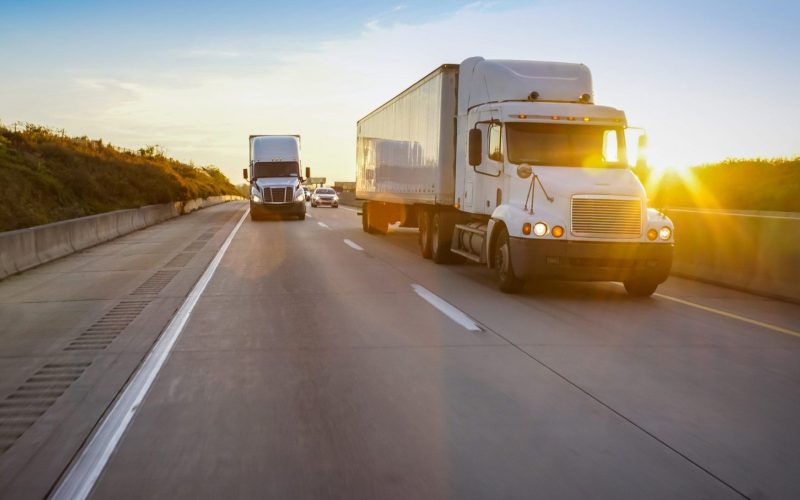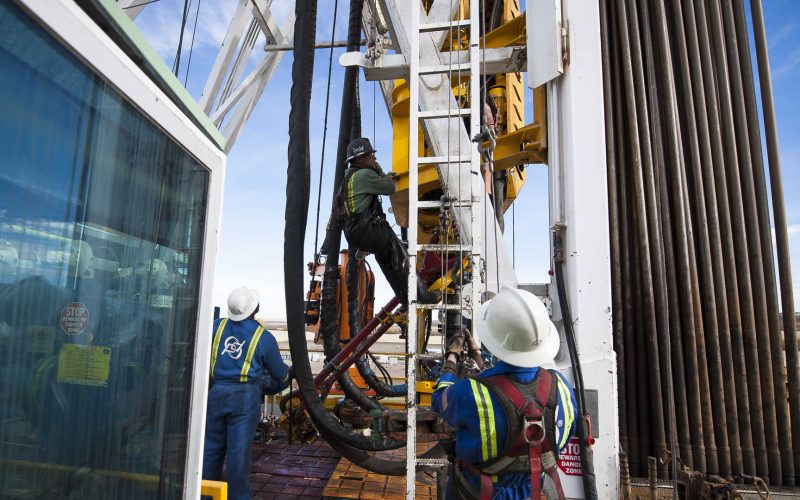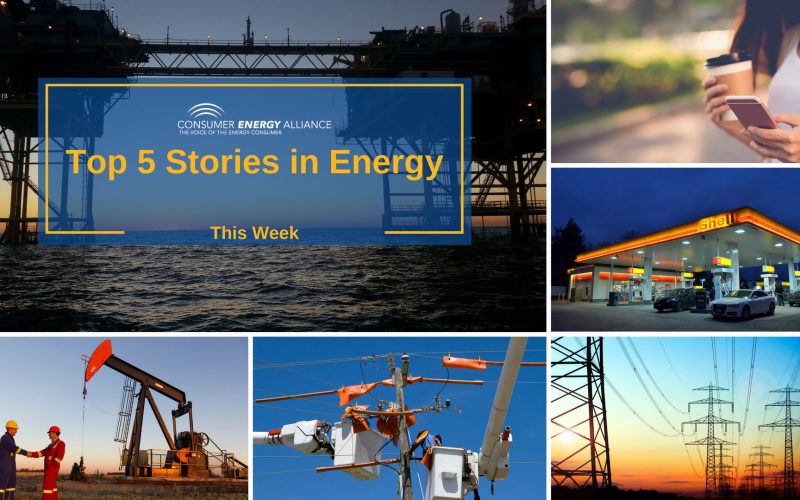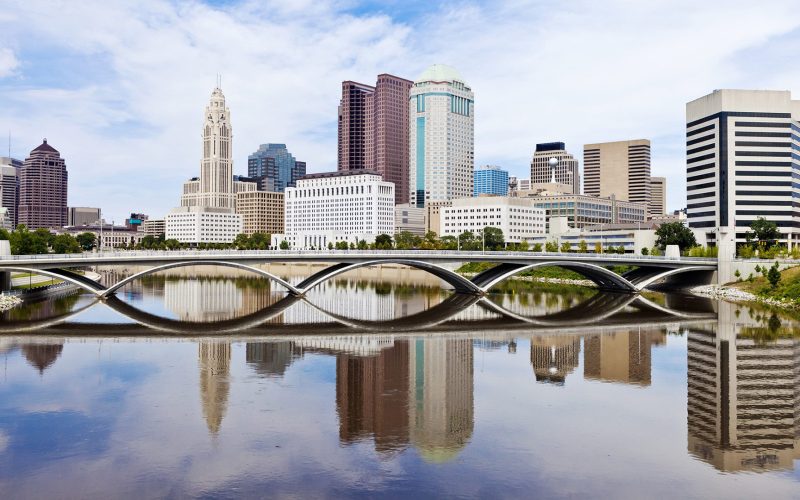THE VOICE FOR THE ENERGY CONSUMER

Louisville, KY – Consumer Energy Alliance (CEA), the leading consumer energy advocate, released the following statement after Kentucky Governor Andy Beshear signed HB-44, a critical pipeline and infrastructure protection bill..

Washington D.C. – Consumer Energy Alliance (CEA), the nation’s leading consumer energy advocate, applauds the farmers, truckers and energy workers who are putting themselves at risk to make sure those.

Normally, this time of year, we would be covering tips on sustainable fashion or sharing how much energy goes into March Madness games, but as everyone knows, we are currently.

Kaitlin Schmidtke of Consumer Energy Alliance talks about the March 9 hearing in Alabama in which Alabama Power Co. requested approval from the Alabama Public Service Commission to increase power.

Consumer Energy Alliance Georgia State Director, Michael Reilly takes a stand against anti-energy activists pushing for a blanket ban on fracking. “Before we simply take energy options like offshore oil,.

Chris Ventura, Consumer Energy Alliance‘s Midwest Director goes in-depth on the impact of a fracking ban in Ohio. “A fracking ban is headline-grabbing foolishness bordering on actual economic insanity. It’s.

Without question the Coronavirus has topped major headlines this week. Between the cancellation of schools across the country, sports fans are also up in arms due to the suspension of.

As Consumer Energy Alliance reported in September, Ohio’s emissions have cut faster than the national average. Chris Ventura, Ohio Executive Director for CEA, backs up this study with a nod.

Louisville, KY – Consumer Energy Alliance (CEA), the leading consumer energy advocate, testified at a Kentucky House Natural Resources and Energy Committee hearing on HB 575, which aims to preserve.

The rhetoric of anti-energy activists ignores the very real benefits that natural gas production brings to the families and small businesses of West Virginia. “Natural gas has done its part.